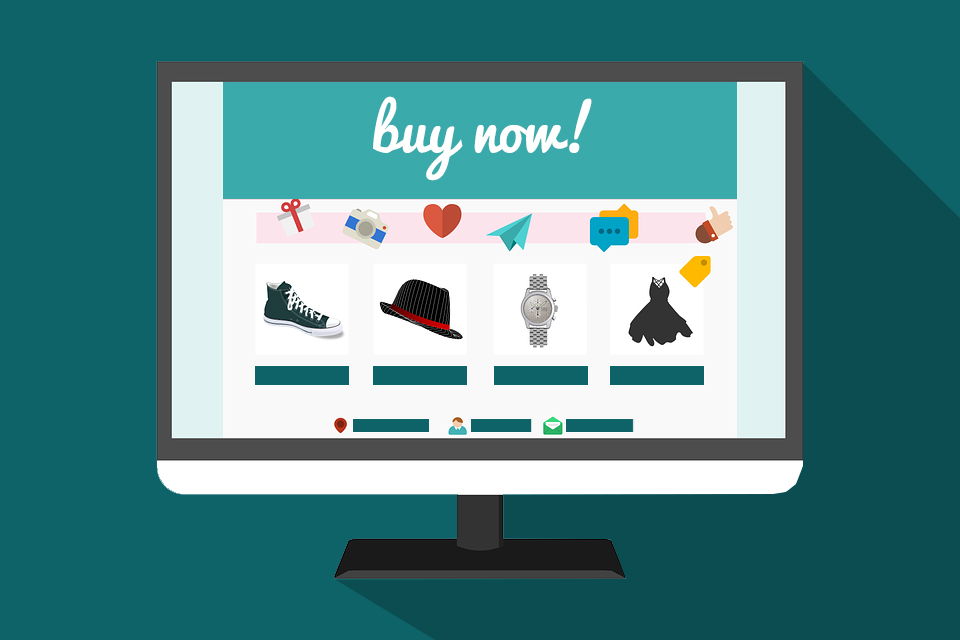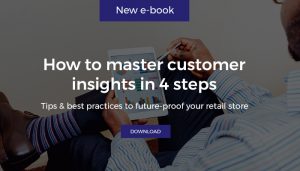As global online retail sales are growing, estimated to reach 8.8% of total retail spending in 2018 as compared to 7.4% in 2016 according to emarketer.com, many opportunities lie ahead for the retail industry. More and more consumers are buying on the web and are becoming more familiar to make purchases via their mobile devices. The world’s biggest retailers have long set the example for many companies willing to enter (if they haven’t already) the e-commerce. Either you own an e-shop or planning to build one, below, you will find some of the best practices in today’s retail online market.
There are many factors that determine the success of an online shop, starting with the user-friendly design, the clear structure of the website or these special on-site features that enhance users’ engagement. Of course, e-store layout and delivery options matter to consumers, but will these elements turn e-shoppers into buyers faster? The success of an online retail store does not eliminate to these elements,it also lies in the successful combination of different factors.
Let’s dive deeper into the worlds’ top online retailers and explore some of these key factors that some of the most successful retailers have already incorporated to their digital presence.
1. Getting ready for the digital transformation
Physical stores have already started moving at least a part of their company online. But this is a process that requires not only time, but a well – organized strategy in order to be prepared for the digital transformation. New digital technologies are vital, as you will need not only a functional platform, but a 24/7 technology partner to ensure a seamless digital transition. Take for example Encyclopedia Britannica that had been planning this transition for years and now is using Salesforce platform for its digital steps.
2. Highly personalized service on multiple channels
This is exactly what customers expect from you and this is what you should offer to them: a unified customer experience. E-commerce sales are growing, but many retailers are struggling to capitalize on their digital sales channels. Digital growth and in-store experience are directly related and this is something ALDO, a leading fashion footwear & accessory company, knows best. By using new technologies, they started gaining better insight into their customers’ preferences and demands, data used to finally reach their target audience.
3. User generated content
Although it started as a trend as many users were active and passionate about social media about their favorite retail brands, creating themselves content, now, is something beyond that. It is an opportunity for retailers (NYX already uses user generated content on its website) to boost their engagement rates, one of the top challenges they are facing. So, start thinking of incorporating your users in your content marketing plan. The next step is to build a strong relationship with and start rewarding your most loyal customers.
All in all, adapting new digital solutions is an ongoing process that each company should consider not only before entering the market, but also afterwards, as the online trends keep evolving rapidly.








